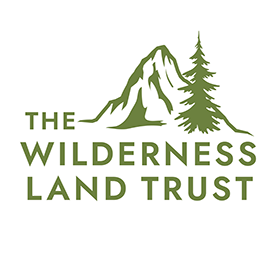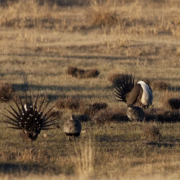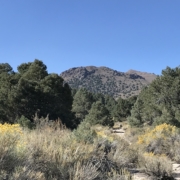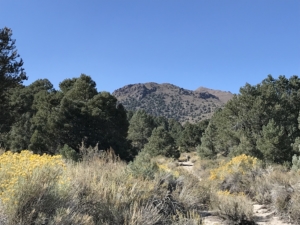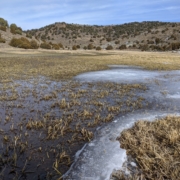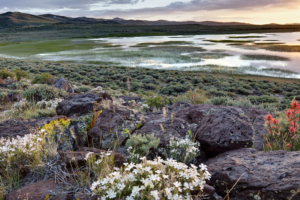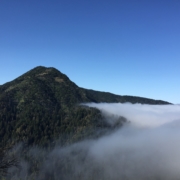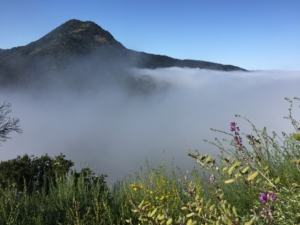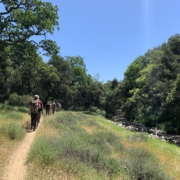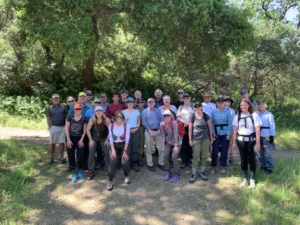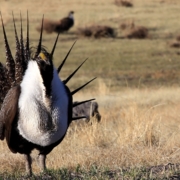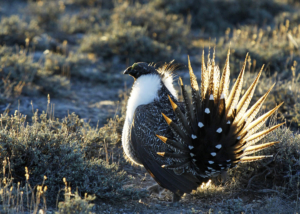Unifying the Bodie Hills Landscape
January 27, 2023-
This week The Wilderness Land Trust completed the transfer of 1,698 acres of sagebrush steppe in the eastern Sierra to public ownership.
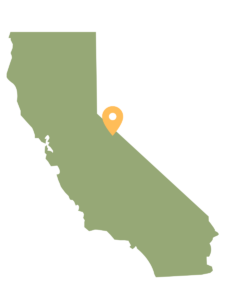 Located in the Bodie Hills, just east of Yosemite National Park, the property stretches across five parcels, dispersed throughout a large ranch holding.
Located in the Bodie Hills, just east of Yosemite National Park, the property stretches across five parcels, dispersed throughout a large ranch holding.
The Bodie Hills have some of the highest ecological intactness and species richness in the region, and are ranked in the top 10% of unprotected BLM lands in California for biodiversity. Despite the ecological importance of the region, it is a patchwork of private property and public lands managed by the Forest Service and Bureau of Land Management with three Wilderness Study Areas covering much of it. Wilderness designation efforts, such as those in the Bodie Hills, are often hindered by the presence of private land fragmenting the landscape as it creates an inability to control critical habitat components to assure the viability of a designation.
Since we began our work in the Bodie Hills in 2006, the Trust has purchased five large properties there totaling just over 7,000 acres. This is the third of them to be successfully transferred to public ownership. Thanks to the support of and partnerships with local conservations groups and tribes, we are steadily unifying ownership in the area, removing piecemeal management and fragmented habitats. It won’t be solved overnight, but the cumulative impact of almost twenty years of work and your support is moving us closer to the goal of protecting this important landscape.
